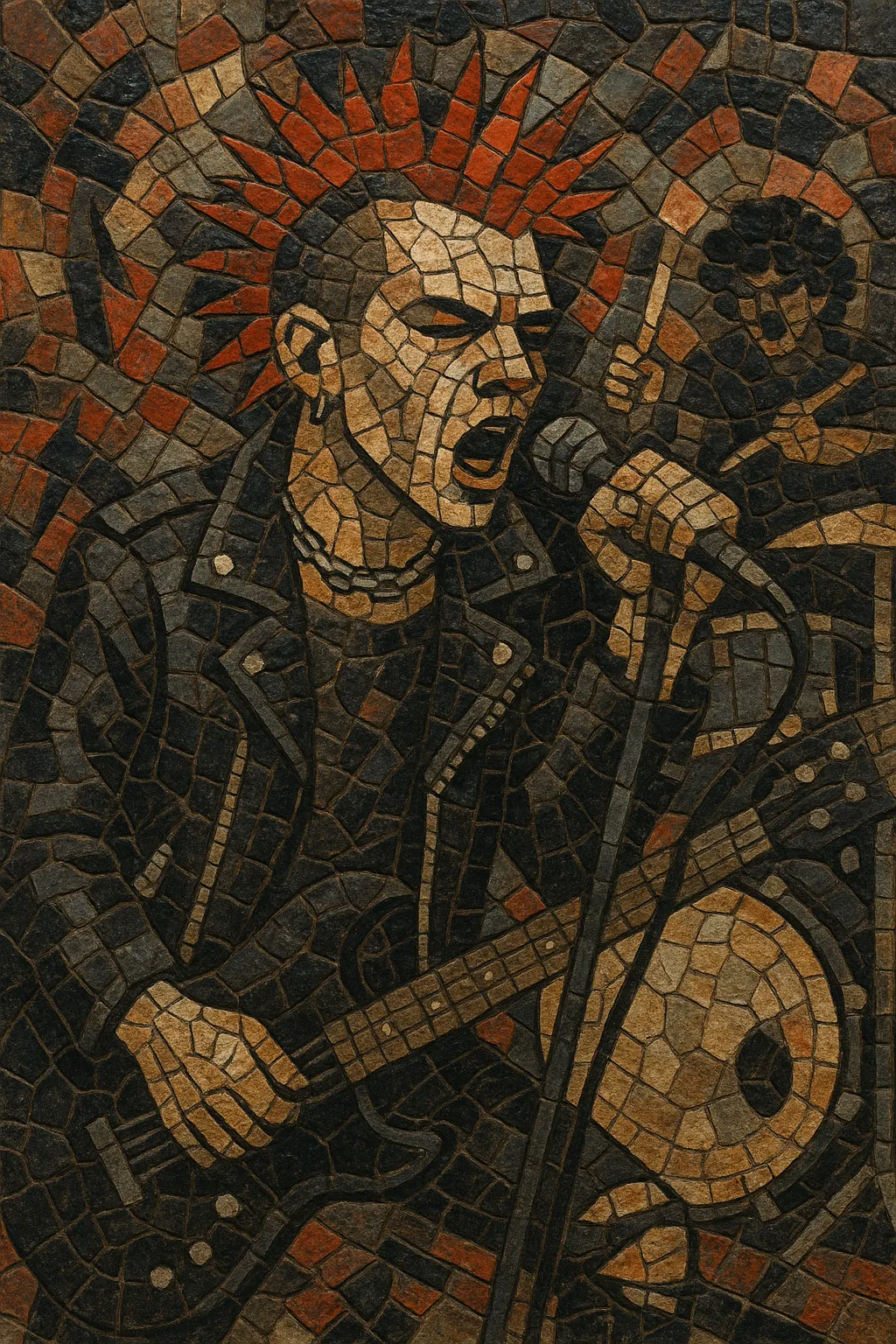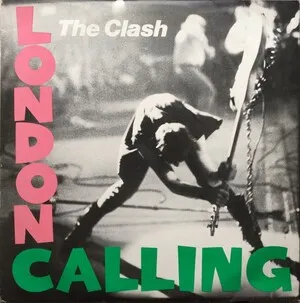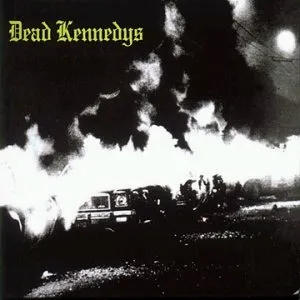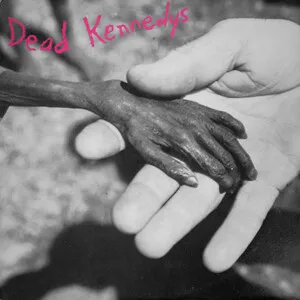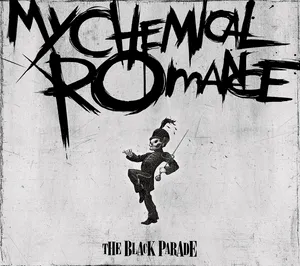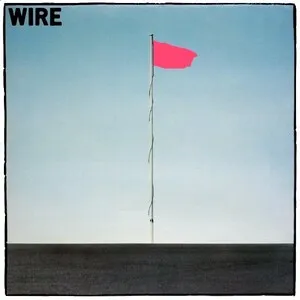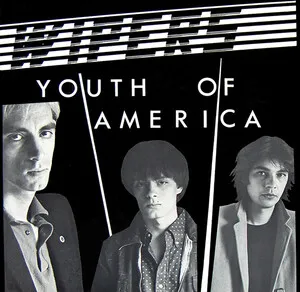Punk rock is a fast, raw, and stripped‑down form of rock music that foregrounds energy, attitude, and the DIY ethic over technical polish.
Songs are short (often 90–180 seconds), in 4/4, and driven by down‑stroked power‑chord guitars, eighth‑note bass, and relentless backbeat drumming. Vocals are shouted or sneered rather than crooned, and lyrics are direct, often political, anti‑establishment, or wryly humorous. Production is intentionally unvarnished, prioritizing immediacy and live feel over studio perfection.
Beyond sound, punk rock is a culture and practice: independent labels, fanzines, all‑ages venues, self‑organized tours, and a participatory scene that values inclusivity, affordability, and self‑reliance.
Proto-punk and raw garage rock in the United States laid the groundwork for punk rock’s sound and stance. Bands like The Stooges and MC5 pared rock down to its most explosive elements, while New York’s art-driven underground and the UK’s pub rock circuits nurtured uncompromising, back-to-basics approaches outside of the mainstream.
At New York’s CBGB, The Ramones, Patti Smith Group, Television, and others crystallized the template: fast tempos, short songs, and confrontational minimalism. In 1976–77, the UK scene erupted—Sex Pistols, The Clash, Buzzcocks, and The Damned catalyzed a cultural moment that blended music with fashion, fanzines, and political dissent. DIY labels, indie shops, and small venues formed an alternative ecosystem.
As major labels moved on, punk scenes flourished worldwide. In North America, the music accelerated into hardcore (e.g., Black Flag, Dead Kennedys, Bad Brains, Minor Threat), while in the UK substyles like Oi! and anarcho-punk (e.g., Crass) emphasized working-class identity and direct action. Punk became a network of local scenes connected by mailorder, tape trading, and zines.
Punk’s DNA reshaped rock: alternative rock, grunge, and indie owed clear debts to its economy and urgency. A pop-punk revival (e.g., Green Day, The Offspring) pushed punk-derived sounds into the charts, while Warped Tour–era bands carried the torch for younger audiences. Simultaneously, underground scenes sustained classic and hardcore strains with a staunch DIY ethos.
Punk persists as both a sound and a social model—fast, loud, and self-sufficient. New bands continue to draw from the original palette while incorporating contemporary concerns, maintaining punk rock as a living tradition of resistance, community, and immediacy.
-
• Start with a chorus hook (lyric + rhythm), 2) build a two-riff verse/chorus framework, 3) write concise, pointed lyrics, 4) rehearse at show tempo until transitions are automatic, 5) record live takes to test momentum, and 6) trim anything that doesn’t serve the hook.

